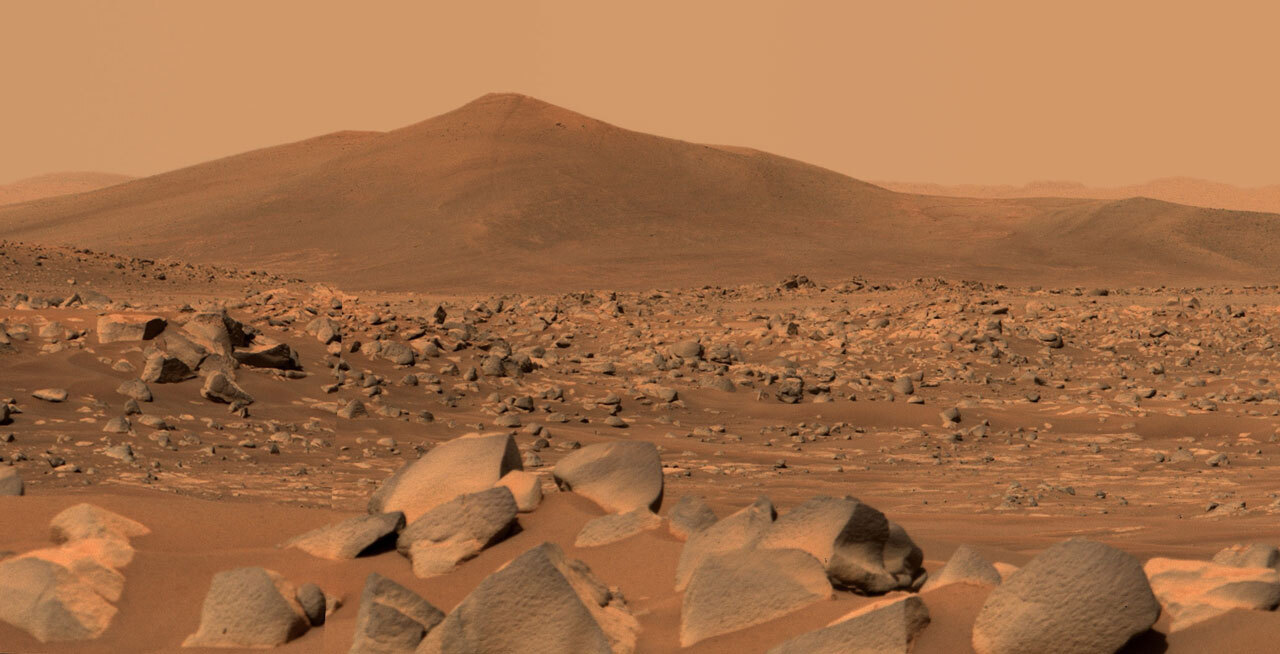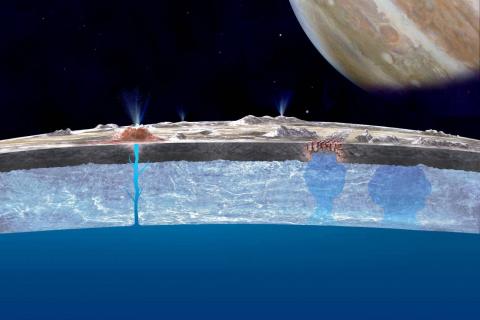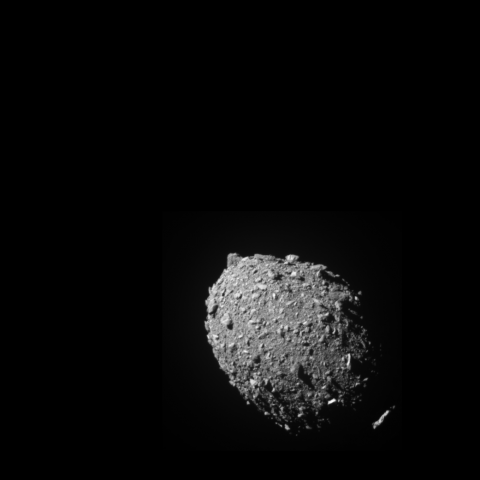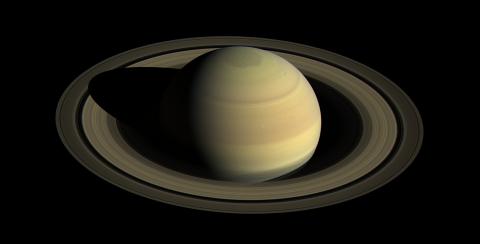Reactions to study claiming Mars was habitable for micro-organisms
Based on a model, a study theorises that Mars may have been habitable for microorganisms 3.7 billion years ago, according to the journal Nature Astronomy.

Jesús Martínez Frías - microbios Marte
Jesús Martínez Frías
Planetary geologist and astrobiologist at the IGEO (CSIC-UCM). Academician of the Royal Academies of Sciences and Doctors of Spain. President of the Planetary Geology Commission of the Geological Society of Spain and of the Spanish Network of Planetology and Astrobiology.
This is research that approaches Martian habitability from a theoretical point of view, making high-quality theoretical models that are really interesting and novel, although, in my opinion, astrobiologically speculative. Considering an "ecological model" of Mars when there is still no evidence of life or its potential biomarkers is an interesting exercise, with valid conclusions in terms of what is suggested and the methodology used, but which would require more solidity and scientific rigour, beyond the purely theoretical.
So far there is no evidence of life or biomarkers of its past or present existence on Mars. Although this hypothesis, and others, cannot be ruled out, there is no evidence of the existence of methanogens either now or in the past. In fact, there is a very interesting open debate on the very existence (or not) of methane today. I think this point should have been addressed in more detail, as the evidence for methane is still the subject of scientific debate.
In my opinion, the authors have made an excellent theoretical approach, but limited only to what it is: a theoretical model.
Experimental data, both of the present-day geology, atmosphere, past geological record, mineralogy and geochemistry of Mars, including interpretations of palaeoenvironments and habitability based on all of the above parameters, are being provided by the ongoing Mars missions. I believe that it will be these detailed analyses that will confirm or disconfirm the validity and relevance of the proposed model in the future.
César Menor - microbios Marte EN
César Menor Salván
Astrobiologist and lecturer of Biochemistry at the University of Alcalá
The paper by Sauterey et al. presents a very interesting discussion of the habitability of early Mars at a time when, in parallel, life on Earth emerged more than 3.7 billion years ago. Using geochemical and ecological models, the authors evaluate the possibility that ecosystems formed by organisms with hydrogenotrophic and methanogenic metabolism, i.e. organisms that use molecular hydrogen as an energy source and generate methane, may have been the basis of primitive biospheres after the origin of life. It is not correct to call them bacteria, as they arose during biological evolution on Earth some time after the origin of life, so there is no reason to think that they are biologically comparable to the organisms on Mars, beyond the type of metabolism they use.
Although the work is based on theoretical climate and ecological models, which is always a limitation and will need to be corroborated by future exploration, it is consistent with what we know about life on Earth and provides some interesting insights.
First, that early Mars may have been habitable - from the point of view of methanogenic organisms; we could never have breathed there - and that there is a relatively high probability that H2-based methanogenic ecosystems would have arisen in some areas of the planet. This could be comparable to the situation on Earth. But, on the other hand, differences in climate, geochemistry (such as salinity) and, above all, in the characteristics and composition of the atmosphere, conditioned the evolution of these ecosystems. Thus, while on Earth the activity of methanogens may have favoured habitability and the evolution of life, on Mars it may have been the opposite, with these organisms causing a global cooling of the planet.
Therefore, life on Mars must have continued deeper and deeper beneath the surface, using geochemical processes as a source of hydrogen.
Although, at first glance, the paper appears to tell us that Mars was habitable and that there was a high probability that life originated there, the authors suggest that the planet lost habitability early on at the surface and in the areas closest to it, so in the unlikely event that life on Mars had continued or that there is life today, it must be found deep beneath the surface.
The proposed model is also interesting from the point of view of the exploration of the planet, as it is calculated that the areas with the highest probability that a methanogenic ecosystem would have emerged or that it would have remained closer to the surface for longer are the Jezero crater, Hellas Planitia and Isidis Planitia, making them the ideal places to look for biomarkers, that is, traces that could have been left by those ancestral ecosystems and that would be definitive to know what really happened.
Boris Sauterey et al.
- Research article
- Peer reviewed
- Modelling



